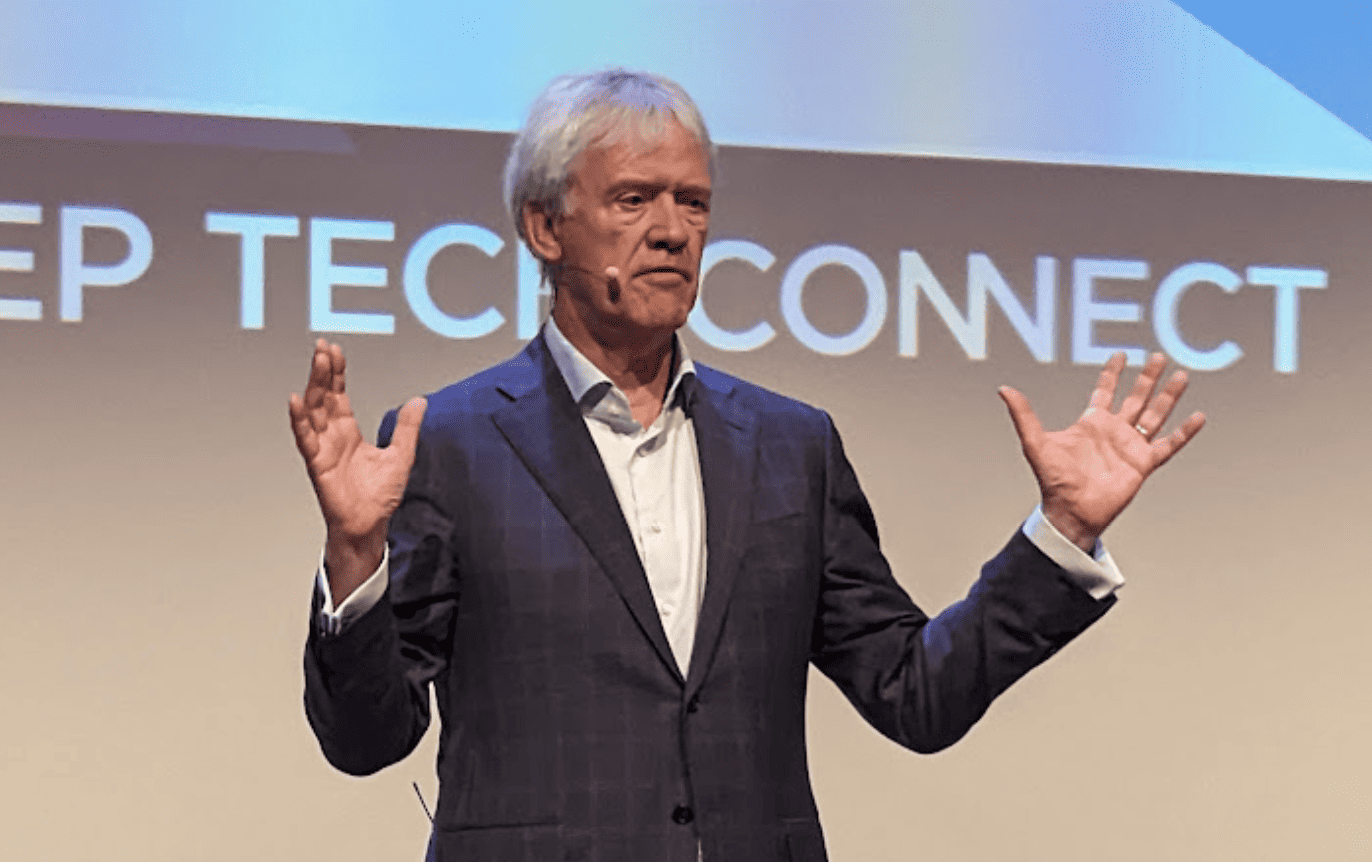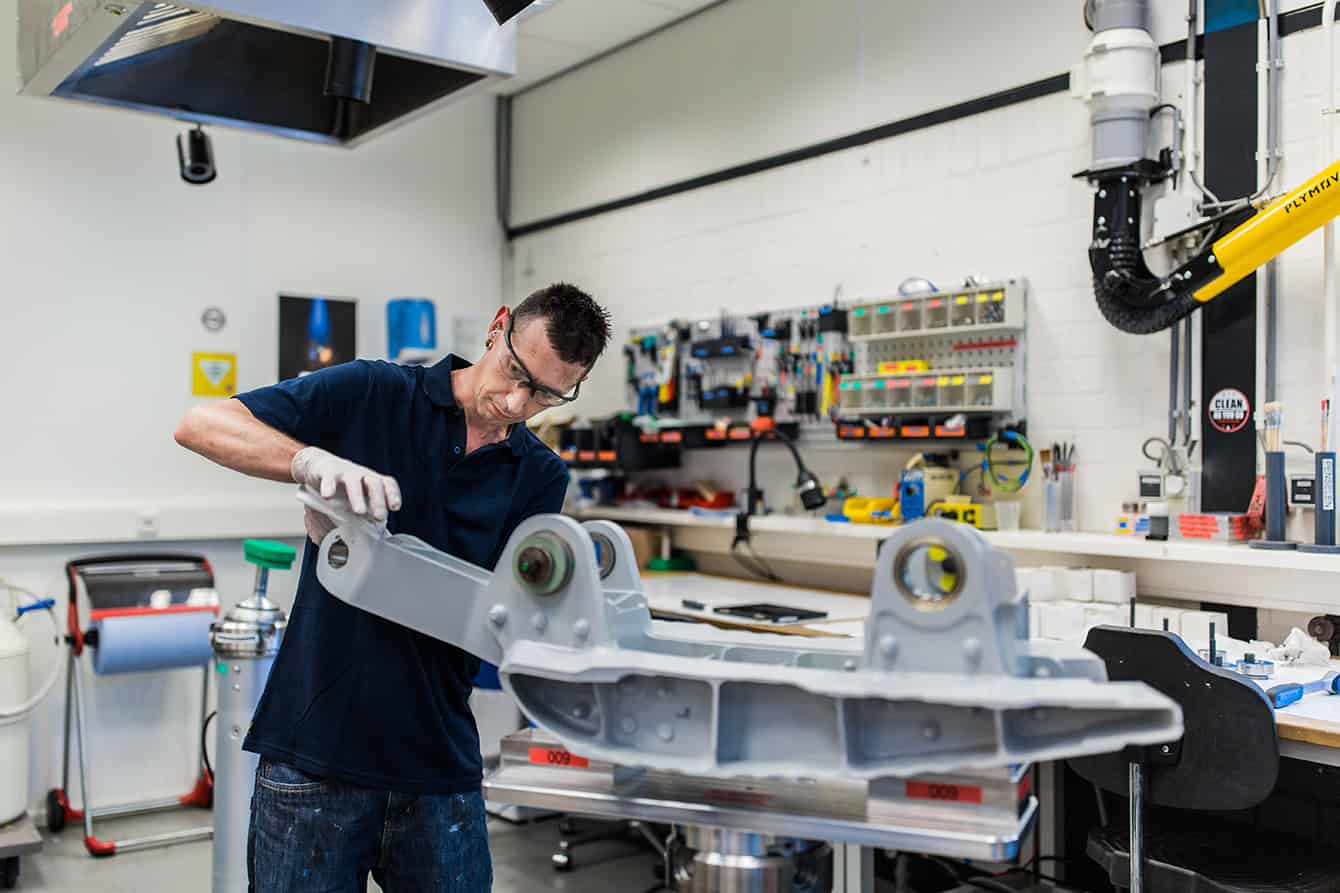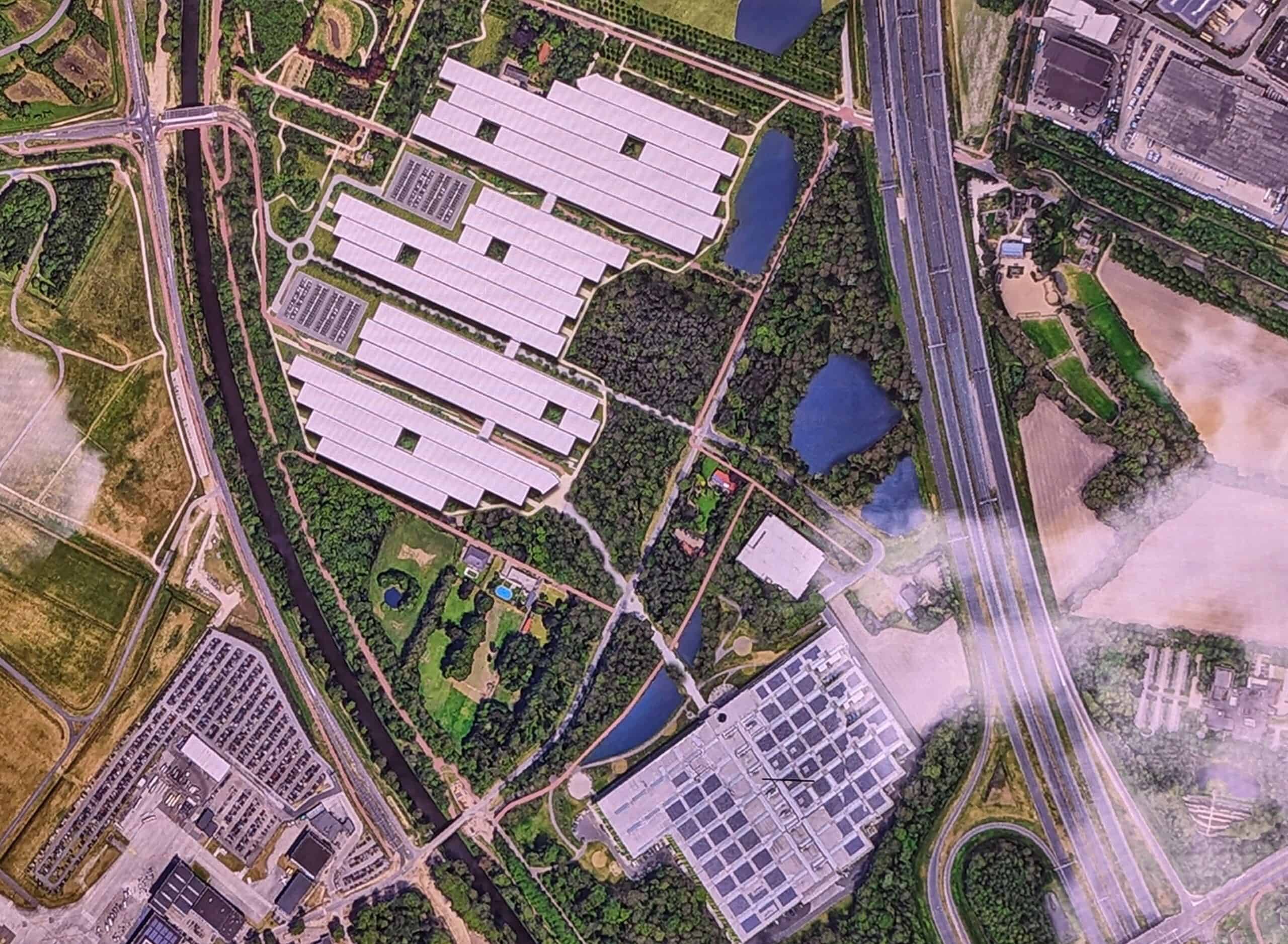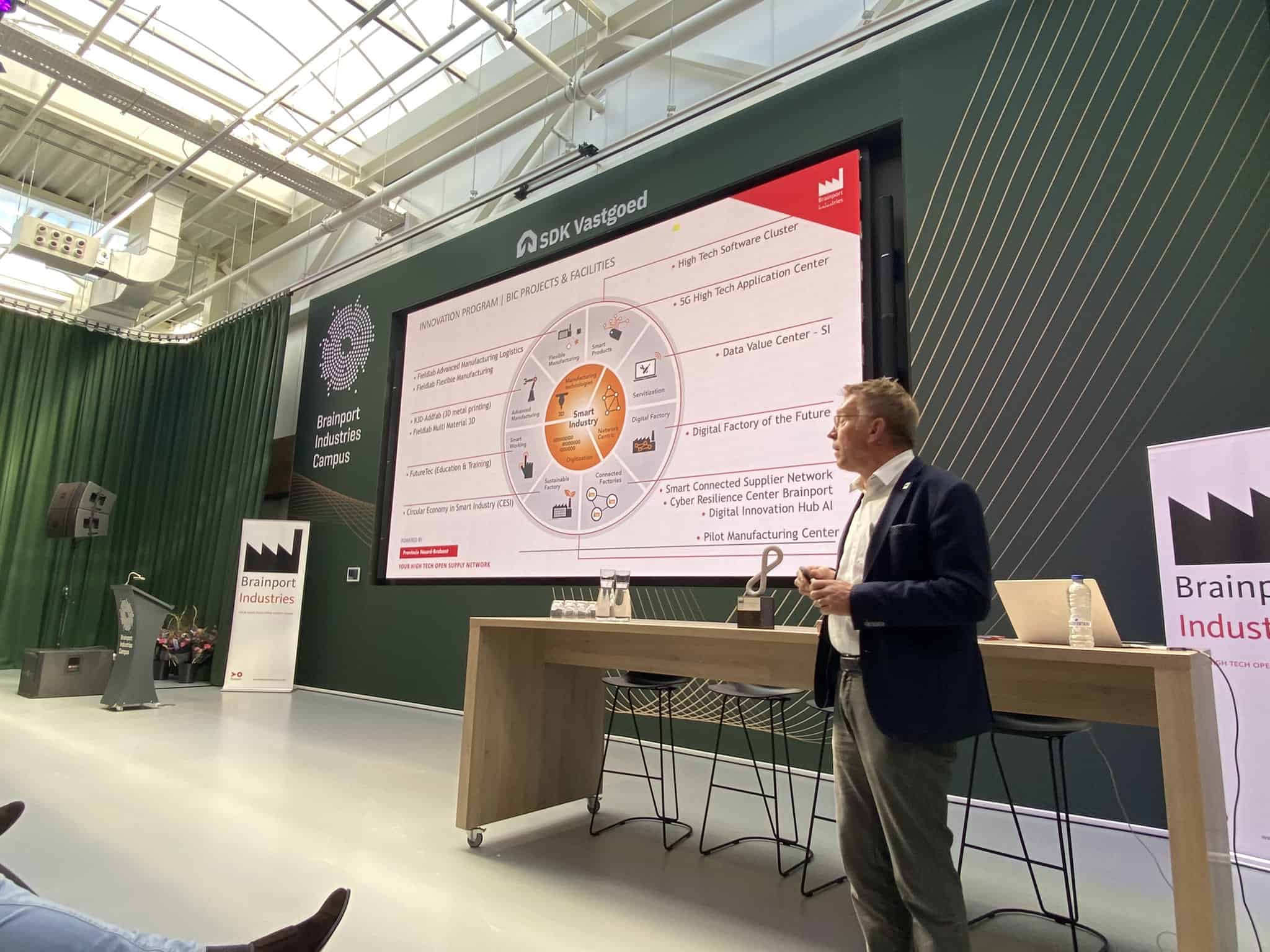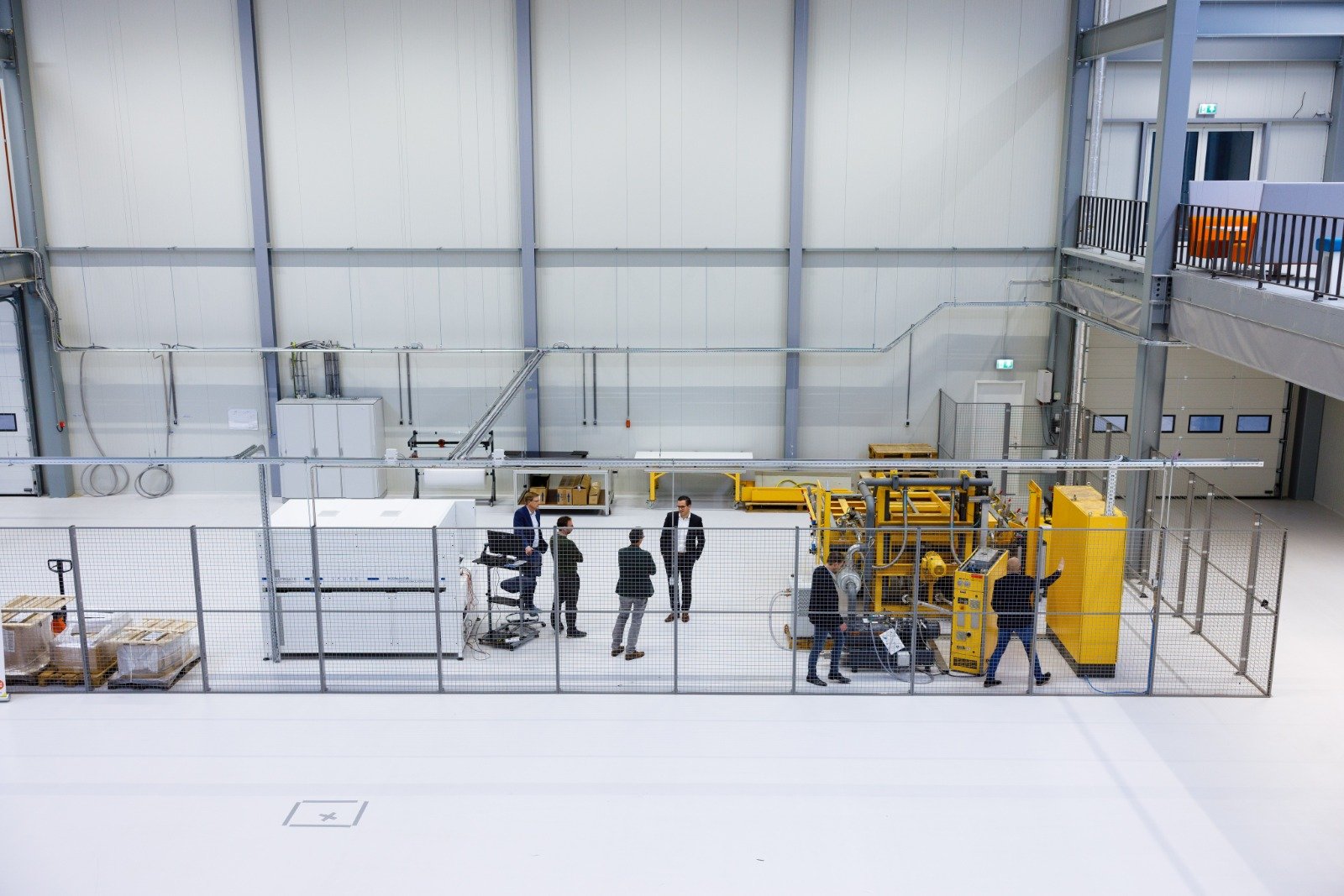
That a figurehead like ASML wants to locate at BIC, John Blankendaal, director of Brainport Industries, considers “great news.” But, he warns, the campus must be careful to ensure that BIC does not become just the location for ASML – for it is much more than that.
Edward Voncken, CEO of KMWE, also believes it is important for ASML to grow in the region and not elsewhere. “By settling here, it gives a clear signal, and they will draw the whole region along with them. Moreover, ASML will also attract new parties. But it is important that the ecosystem we have built here does not become void in the face of a tech giant like ASML.”
Why this is important:
While ASML gets all the room it needs to grow at locations in Germany, South Korea and China, things are getting tighter around the headquarters in Veldhoven. Too tight to carry out the plans the company has. Seven kilometers away is a piece of land where there is still plenty of room to grow.
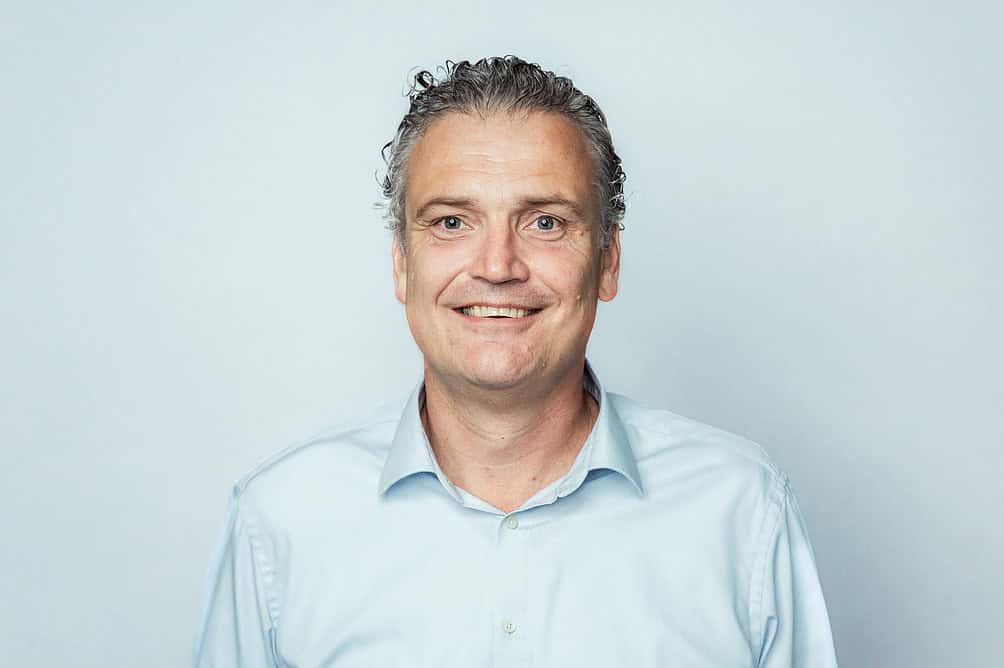
‘Covered shopping center’
When asked what characterizes BIC, Voncken has a clear answer. “It is a covered mall for technology where residents can very easily visit each other.” KMWE is a supplier of high-tech modules and systems. The company, which now has 1,000 employees, was one of the initiators of BIC and was the first to establish itself there in 2019.
The idea behind creating BIC is simple: there was a need for an actual manufacturing campus. Voncken: “After the 2008 crisis, we in Brabant asked ourselves: what is the future of manufacturing? That study revealed many challenges that we could only solve by working together. Around that time, the need grew at KMWE to bring various departments together under one roof and to modernize at a new location. That’s how the foundation for BIC was laid.”
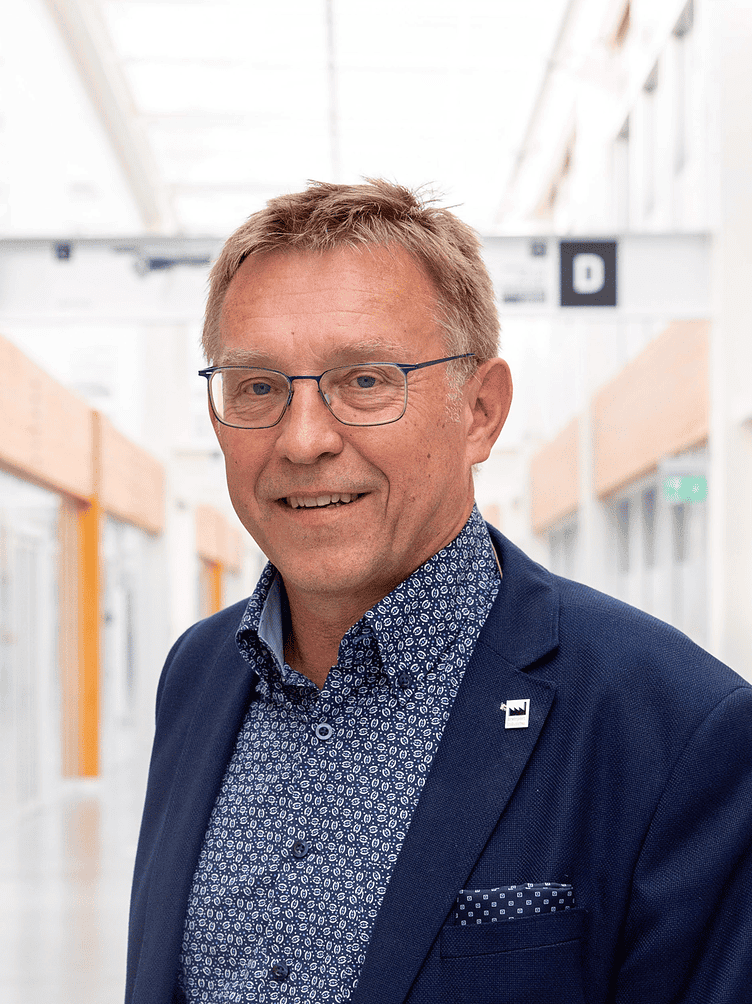
A place where everything and everyone comes together
Fast forward to 2024. BIC has become a place where the entire manufacturing supply chain is represented. Importantly, there is room for a diverse range of businesses and education, Blankendaal said. “We do our best to bring everything and everyone together here. From small startups to large manufacturing companies, and from suppliers to college and vocational schools.”
The fact that BIC represents the entire ecosystem is also crucial in the opinion of Frits Hoeve, program manager at the Brabantse Ontwikkelings Maatschappij (BOM). “In the high-tech sector, the products we develop are so complex that companies cannot do it alone. ASML’s success is determined by performance throughout the chain. 85% of the parts ASML needs to make the chain supplies the chip machines.”
BIC North
The municipality of Eindhoven and ASML will investigate in the coming period whether BIC is suitable for the chip giant’s further development. Last fall, the chip maker already asked the municipality whether expansion at BIC was a possibility. The company would like to stay close to its main location—where R&D, production, and service departments are located—in Veldhoven.
ASML expects to create 20,000 new jobs – the company currently employs 20,000 people in the Netherlands and 43,000 worldwide. Brainport Eindhoven considers a total of more than 70,000 new jobs until 2040. ASML would settle on what the sketches call ‘BIC 3 to BIC 6’. Now it is referred to as ‘BIC North’.

‘Charlie in the Chocolate Factory’
Stefan Rink, co-founder of AM Flow, provides solutions to automate adaptive 3D printing processes from A to Z. “We started at the Navy Yard in Amsterdam. When it became clear that we would also develop the robotics side ourselves, I immediately approached BIC. Entrepreneurs in robotics and automation feel like Charlie in the Chocolate Factory in this place. They talk about working together in many places, but here it happens.”
According to Rink, this is partly due to the openness of the campus’ eye-catcher: the large 100,000m2 glass BIC building that has housed more than 50 companies and 3 educational institutions since its opening in 2019. Every day, more than 2,500 people visit the building. “Everyone is here with the door open under one roof. If we have a question we can’t solve, we walk 50 meters away into the office of an expert in automation.”
That open structure means that groups often walk across the walkway past AM-Flow’s solution. For example, Rink recently struck up a conversation with people from ASML. “They walked past our setup and were immediately interested. At ASML, people run cleanrooms; our solution can automate that process. We are now looking at whether we can help them with that.”
One of the significant advantages, as Voncken points out, is the vibrant student community on the campus. “The proximity of training and production is a boon. Students can seamlessly complete their internships and graduation projects here, enhancing their practical skills. This proximity also facilitates our talent acquisition, making it easier for us to attract and retain talent.”
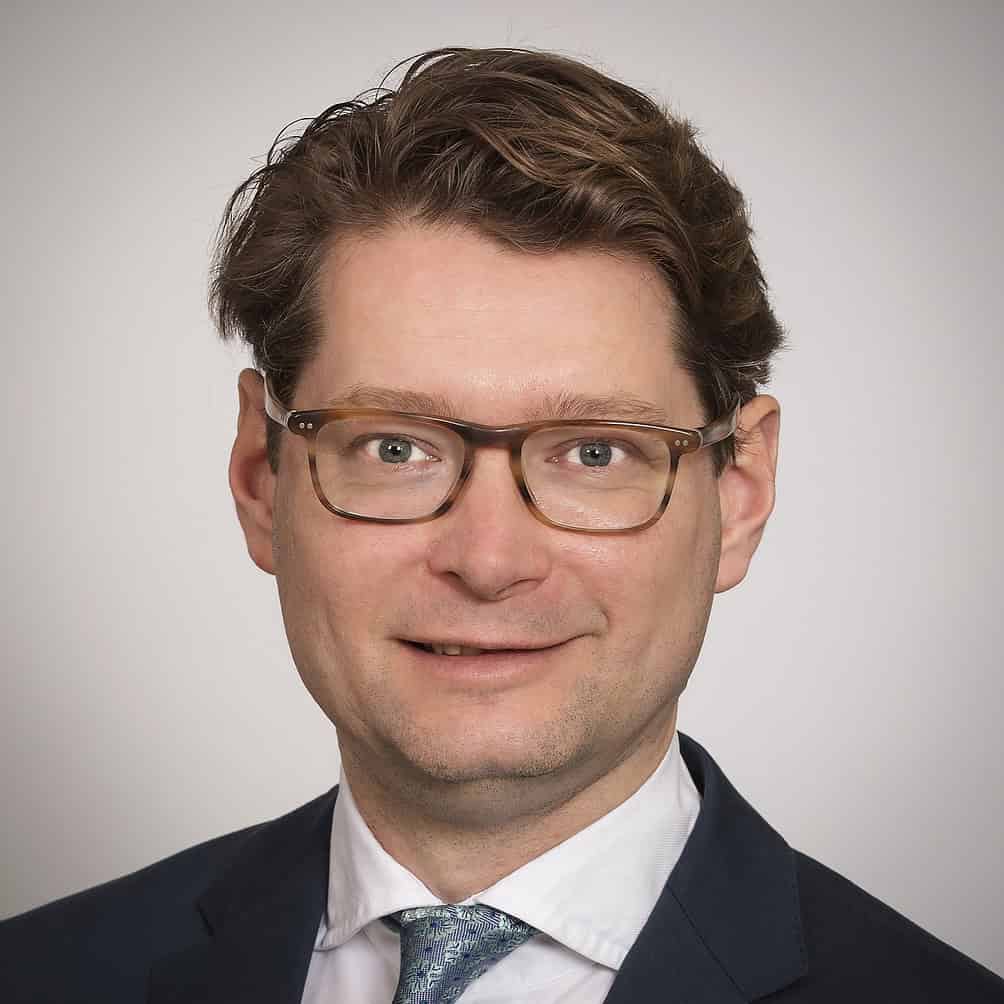
High complexity, low volume
In addition, substantive programs and partnerships ensure that the campus is more than just a place where companies are located. The province of North Brabant’s Factory of the Future innovation program is an example. Hoeve was the program manager there. “The goal was to stimulate innovation in small and large companies in cooperation with education. This kind of project is the lubricant between all the parties who set up here.”
The project ended formally, but many of the topics were followed up on in a national program called NXTGEN hightech. Two program lines – connected networks and autonomous factory south – are running at BIC under Hoeve’s watchful eye. In addition, several experience centers have been set up to establish contact between parties, and students and companies are working together on concrete solutions in workshop areas.
“On customers and third parties, BIC has a very positive effect,” Voncken knows. “You can never create such an environment as a company by yourself. The campus gives us a certain exposure we would never have had otherwise.” The same goes for the startup AM Flow. Rink: “You get a chance here as a startup to work side by side with big companies. Without BIC, we would never have been where we are today. The strength of BIC is that small, medium, and large companies develop an innovation together here at their own pace and with their own risk profile.”
